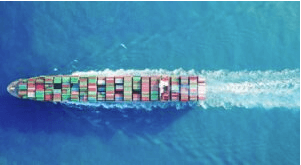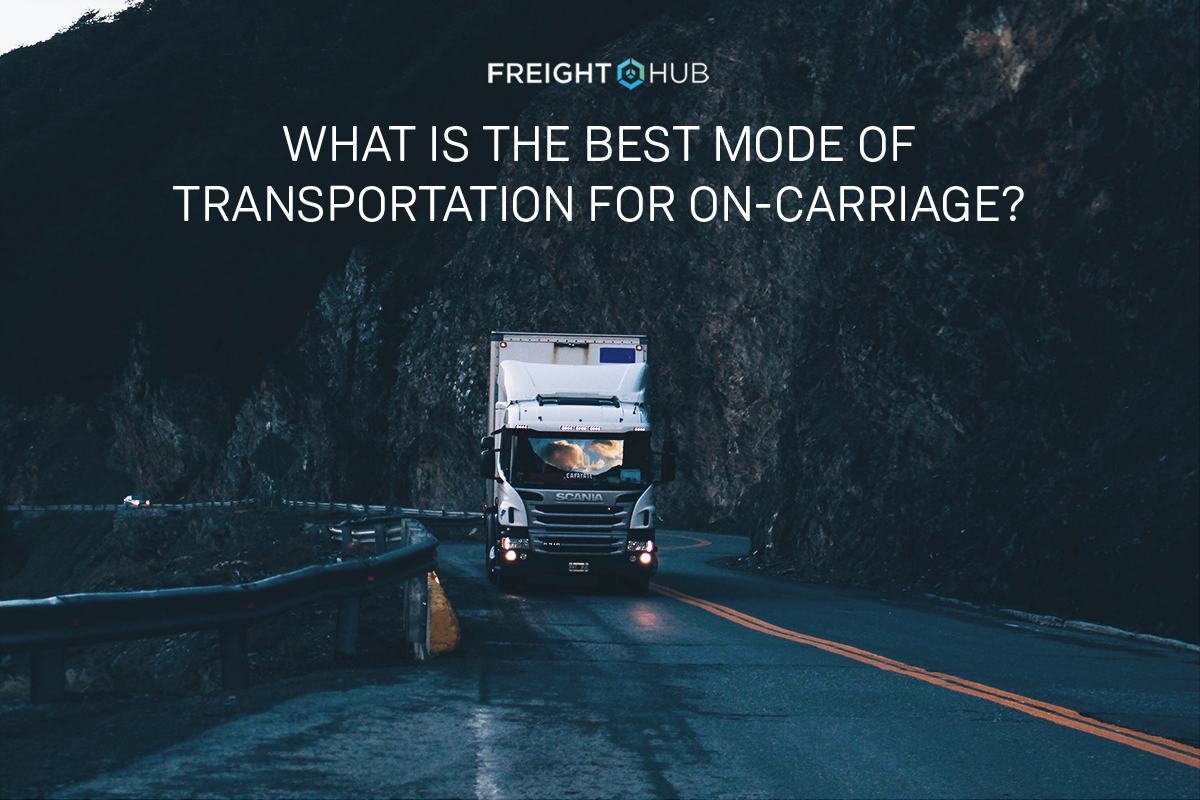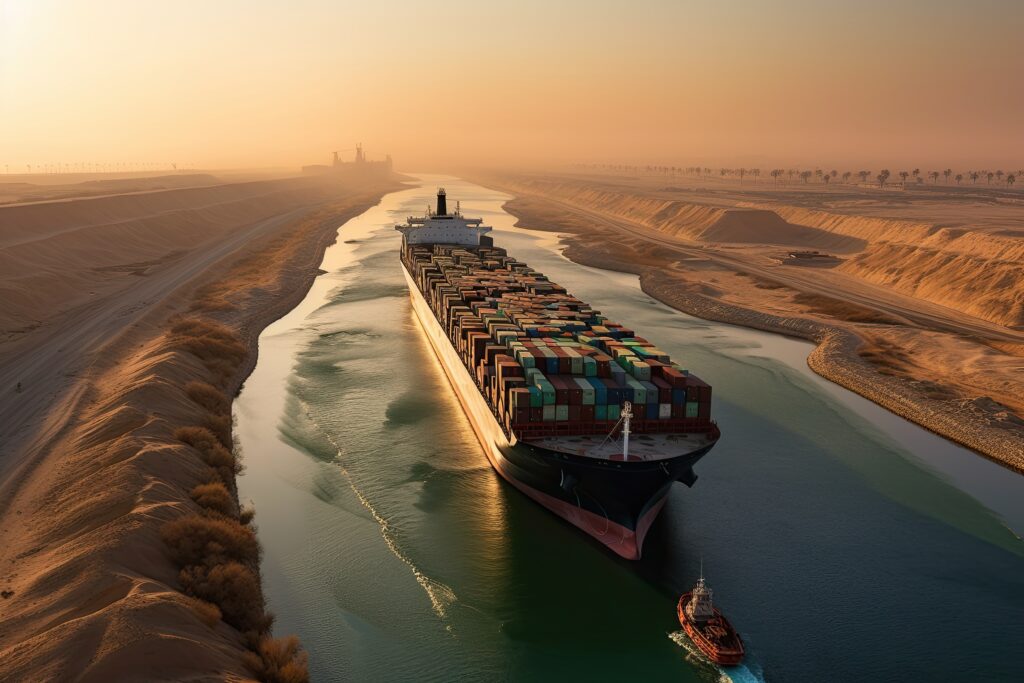In last week’s blog post, we discussed the various modal options to use in moving freight. In this latest post, we’ll cover on-carriage. On-carriage is the term given to any inland movement that takes place after the container is picked up from the port/terminal. In regards to what type of on-carriage mode of transport to use, it is similar to other types of transportation needs and depends on the urgency, value of goods, size and weight and what harbor the goods are located. Among the options include inland waterways and barge, rail and trucking.
Inland waterways and barge transportation
According to the Port of Rotterdam, goods can be transported via inland waterways and barge at low costs and with low CO2 emissions per tonne. Among the benefits of utilizing this method via the Port of Rotterdam include the ability of goods to be transported to Germany without having to pass through locks.
According to industry sources, the Port of Rotterdam moves 40% of its container traffic to and from its hinterland by barge. Additional benefits of barges and inland waterways including:
- Planning – Once delivered by barge to a local inland canal or river depot, customers have more flexible control over when the container is called off, reducing warehouse planning requirements.
- Demurrage prevention – Moving containers away from inbound main sea ports can eliminate or reduce demurrage at the main sea port. Detention and storage costs at inland canal and river depots can often be cheaper than port storage.
- Avoid road traffic congestion – The road network infrastructure from many deep sea ports is becoming more congested. The use of barge transport would help customers alleviate this problem.
Rail
Even though considered an environmentally friendly mode of transport, Europe’s rail freight industry is losing market share to road despite heavy investments made by the European Union to improve the rail system. In addition, the European Union rail network is a system of separate national networks with differing rules and regulations.Despite this, rail remains the main mode of transport for moving goods to Southern Germany and Austria.
The Journal of Commerce notes that shippers typically opt for trucks because the rail is too slow, too infrequent or not cost competitive for distances less than 300 km. However, Drewry indicates that short distance container trains to and from major ports are meeting both the shippers’ preference for fast pre-carriage and post-carriage transport needs.
Trucking
Trucking is facing its own hurdles. For example, much like the US, there is a growing shortage of drivers. An aging population of drivers, fewer young recruits, more stringent regulations and the rising costs of obtaining a heavy goods vehicle license are among the reasons for the declining numbers of drivers. Could autonomous trucks solve this issue?
While perhaps too early to tell its success, earlier this year, a dozen trucks from major manufacturers such as Volvo and Daimler completed a week of largely autonomous driving across Europe. The trucks set off from their bases in three European countries and completed their journeys in Rotterdam in the Netherlands. The purpose was to demonstrate not only the use of autonomous trucking but also platooning. According to research firm TNO, platooning can reduce fuel use by up to 15%, prevent human error from causing accidents, and reduce congestion.
Germany is testing the use of large trucks, also known as ‘gigaliners’ or officially, ‘EuroCombis.
In addition, Germany is testing the use of large trucks, also known as ‘gigaliners’ or officially, ‘EuroCombis. The test period lasts through the end of this year. These large trucks are up to 6.5 meters longer than conventional trucks with two of them, on average, able to carry the same load as three traditional trucks. While other European countries allow EuroCombis to weigh up to 60 tonnes, in Germany, the limit is about 44 tonnes, the same as their shorter counterparts but spread over more axles and often times, more fuel efficient.
Best on-carriage mode of transport?
Each mode of transport has its strengths and weaknesses. Comparing each mode based on such requirements as urgency, value of goods and the weight and volume can be time-consuming and for many shippers a freight forwarder is often utilized.
- To find out how to book FCL & LCL shipments on our platform visit our website.
- To stay current on the latest industry trends sign up for our newsletter on the top left of this page.








